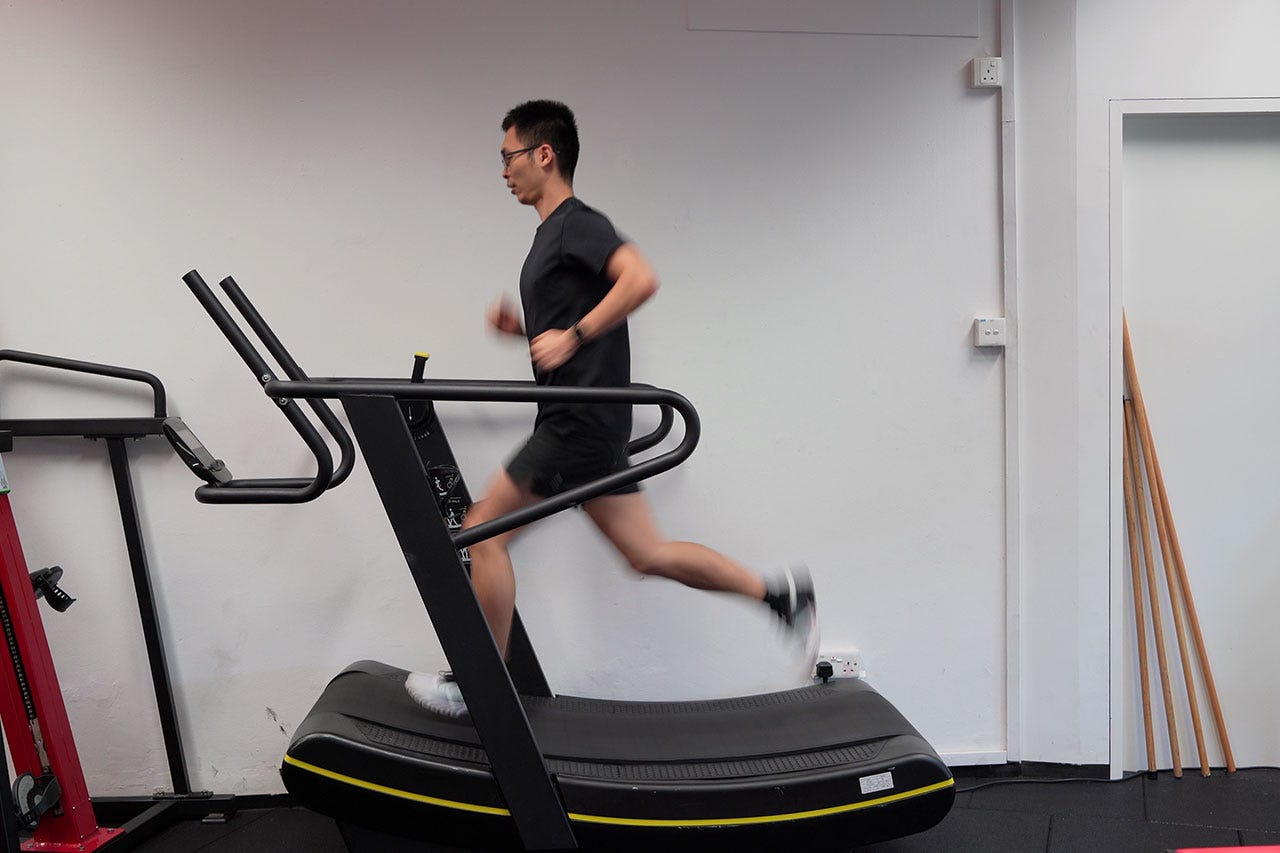How to Choose a Pair of Running Shoes
Three main things to look out for in shoe reviews and purchases.
If you’re new to running, choosing shoes can be confusing.
However, things become simple once you are familiar with the few things that truly matter.
In this article, you can find an expert’s guide on choosing a pair of running shoes.
The following is adapted from videos featuring Dr Derek Li, a Singaporean marathoner with over 100 running shoes and a shoe reviewer for Road Trail Run.
1. What Cushioning Do You Need?
Know the difference between mid-sole softness vs thickness:
Softer mid-soles reduce ground impact forces
Thicker mid-soles provide more cushioning effect but reduce your feet’s grip on the ground
To make things easier, you can classify shoes into either training or racing shoes:
Training shoes typically have more cushioning than racing shoes
Training shoes wear out slower (last longer) and are typically used for long runs, recovery runs, and easy runs
Racing shoes have lesser cushioning, wear out faster, but have better force translation
All companies have different cushioning technology:
Decide if you need training or racing shoes
Try out shoes at different companies (instead of different shoes at the same company) to see which cushioning technology you like most and how soft/thick you would want your cushioning
2. What Type of Grip do You Need?
Choose a grip based on the terrain you’ll be running on:
E.g. trail shoes for trail running, road shoes for road
You need less grip on the track than on the road
More rubber outsoles might mean more grip but also more weight and greater stiffness
Decide how much grip/rubber outsoles you need on your shoe
3. How Much Stability Do You Need?
Choose either neutral or stability shoes:
Neutral shoes allow you to run how you would naturally run
Stability shoes provide your feet support
If unsure, start with neutral shoes first to see if they cause you injury
Bonus: How to Determine Shoe Size
Pick a running shoe size half to full size larger than your dress shoe
Your running shoe should lock your foot at the ankle and at the middle of the foot
Your running shoe should not jam your toes from the front or the side
Final Thoughts
Other considerations include toe box width, the mesh upper’s breathability, drop, etc.
However, they are often secondary to those mentioned above.
For example, the selection of drop becomes a secondary factor once you try out shoes at different companies to see which cushioning technology you like most; you would likely pick a shoe with your preferred cushioning technology and with a comfortable drop - the deciding factor for both considerations is comfort.
Likewise, toe box width would be taken into consideration when you follow the shoe size guidelines.
Just a final word on price: pick a few suitable shoes then filter out options based on price, not the other way round; it is costly to get an ill-fitting pair.
If you have further questions, please feel free to contact the ALLSET team for a chat.



